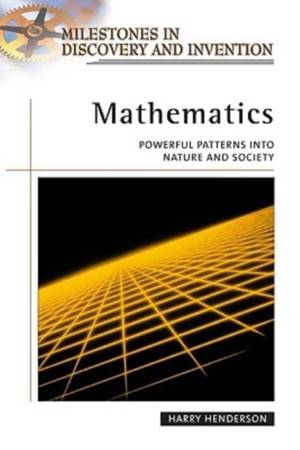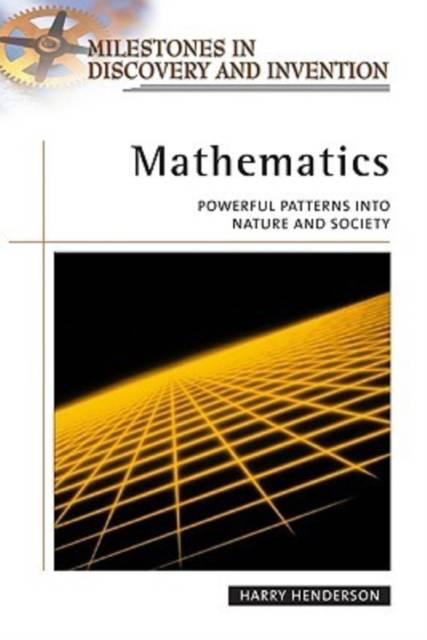
- Afhalen na 1 uur in een winkel met voorraad
- Gratis thuislevering in België vanaf € 30
- Ruim aanbod met 7 miljoen producten
- Afhalen na 1 uur in een winkel met voorraad
- Gratis thuislevering in België vanaf € 30
- Ruim aanbod met 7 miljoen producten
Zoeken
€ 48,95
+ 97 punten
Omschrijving
For most people, mathematics is an abstraction with little connection to the real universe. But some mathematicians have discovered relatively simple yet exceedingly powerful patterns that yield insight into aspects of natural and human behavior. Mathematics presents 10 essays that profile the minds behind such patterns, many of which have surfaced in recent popular culture. Meet Leonardo of Pisa, who worked with Fibonacci numbers and the Golden Section; John von Neumann and John Nash, proponents of game theory; Edward Lorentz, who developed chaos theory; and Sid Meier, who has created award-winning computer games, such as Gettysburg and SimGolf, and five other mathematicians. Although the ideas explored here may produce complex results, they are inherently simple in concept, making them appealing, accessible vehicles for acquainting students with the human side of mathematics.
Specificaties
Betrokkenen
- Auteur(s):
- Uitgeverij:
Inhoud
- Aantal bladzijden:
- 170
- Taal:
- Engels
- Reeks:
Eigenschappen
- Productcode (EAN):
- 9780816057504
- Verschijningsdatum:
- 1/06/2007
- Uitvoering:
- Hardcover
- Formaat:
- Ongenaaid / garenloos gebonden
- Afmetingen:
- 159 mm x 232 mm
- Gewicht:
- 426 g

Alleen bij Standaard Boekhandel
+ 97 punten op je klantenkaart van Standaard Boekhandel
Beoordelingen
We publiceren alleen reviews die voldoen aan de voorwaarden voor reviews. Bekijk onze voorwaarden voor reviews.











